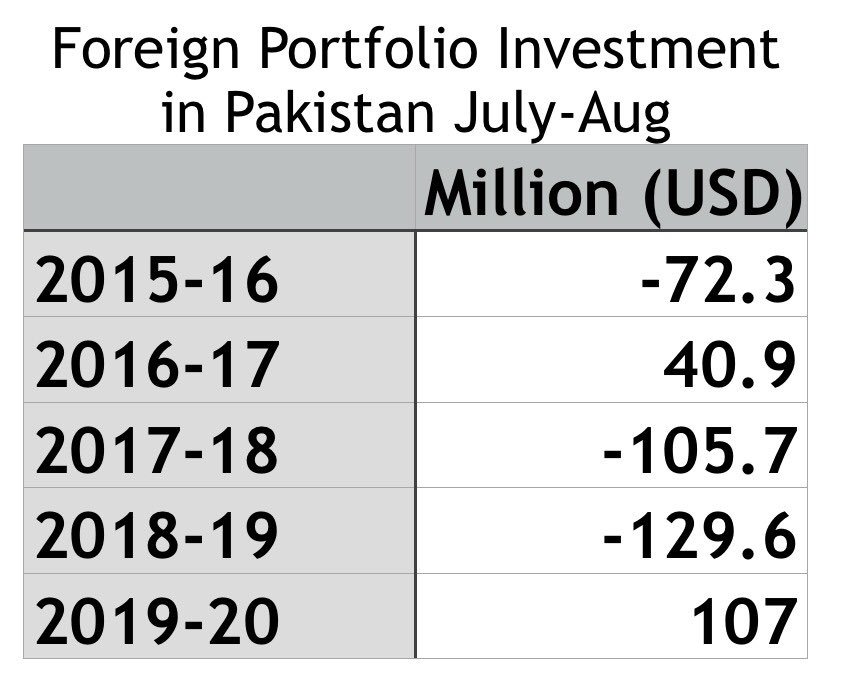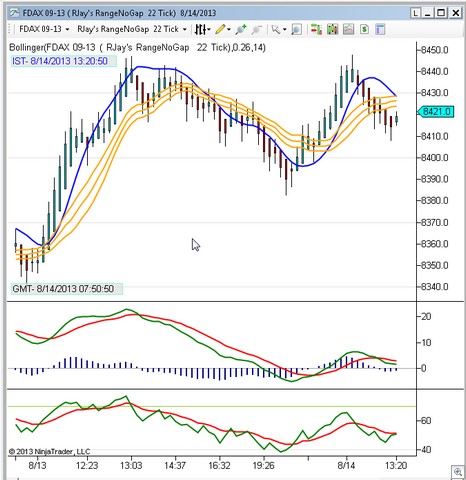
However, if they fail to recognize a competitors’ price increase (and find out why), they could find themselves being deemed as the “cheap alternative”. While it’s used across industries and business sizes, competitive pricing is particularly popular in markets with high sales volumes, typically due to the same types of products being sold. Markup pricing is where a percentage is added to the wholesale cost of a product. Demand pricing is determined by establishing the optimal relationship between profit and volume; a smaller per-unit profit is acceptable if volume is increased significantly.

There are variables that need to be considered such as value and the extensive functionality of what your product can do and accomplish. With competition based pricing you’ll be able to keep up with your competitors in the short term but when it is properly used in conjunction with other pricing models, it can be a valuable addition to your pricing strategy. For many SaaS businesses, competitor based pricing may not be the right pricing model. It can be combined with another pricing model but not solely used as a stand-alone pricing method. It doesn’t do justice to your product offerings and the value of your product will likely get diminished with the crowd. If you aren’t perceived for your value as a product, your customer might not think twice to choose your competitor’s product for a similar price.
What is an example of Competitive Based Pricing?
Whether you’re just entering the market or working to solidify your current standing, the price you choose will inform you of the customers’ perceived value of your brand. Just remember that competitor-based pricing, like most simple pricing methodologies, doesn’t optimize your company for growth. Welcome to the second post in our series on key pricing methodologies, highlighting their pros and cons. This post concerns competitive pricing (a.k.a. competition-based pricing or price intelligence).
You could keep the same price forever because competitor A hasn’t changed her price, or raise and lower prices in response to trigger-happy competition. For example, a firm can decide to employ an aggressive pricing policy with a mix of competitive pricing and penetration pricing by setting the price 10% lower than its competitors. If another competitor decides to do the same thing, the overall market price will slowly decrease and the profits will decrease too. The new equilibrium will be one with lower profits and thus largely suboptimal. Moreover, this pricing method is often used within well-established and highly competitive markets.
How to conduct a competitive pricing analysis
Competition-based pricing is a pricing model commonly used in several industries, including retail and e-commerce. A competitive pricing strategy allows companies to maintain an advantage by strategically setting prices above, below, or the same as their direct competitors. Some businesses in the B2C space, especially E-Commerce, might be wholly dependent on competitive pricing but in B2B SaaS, competitor data shouldn’t directly translate as a central focal point for your pricing strategy. It can help inform your pricing strategy, but cannot be the sole basis for the final price.
Aventon Soltera.2 review: A slick and refined yet affordable … – Electrek
Aventon Soltera.2 review: A slick and refined yet affordable ….
Posted: Tue, 08 Aug 2023 13:00:00 GMT [source]
Using a dynamic pricing solution, the prices of your goods or services are constantly adjusted in real-time based on changing variables like raw material costs, market demand, seasonality, inventory levels, freight costs, etc. These solutions will also provide you with visibility into pricing trends across several competitive price meaning similar products within your market, as well as competitor pricing fluctuations. The ability to push the right prices on the market is especially important in eCommerce channels where buyers are able to research and compare similar products before they decide to engage with businesses and put in orders.
What’s the difference between competitive pricing and demand pricing?
It’s rare to royally screw up using this form of pricing, even in a competitive market. If you have a fairly solid grasp on your product’s quality, target audience and cost of production, this method will most likely never lead to bankruptcy. It’s kept your competitors afloat, so similarly, it should do the same for you. Competition-based pricing is a method that, put simply, involves setting your prices in relation to the prices of your competitors. When you target high-end customers and offer premium products, it’s better to price above competitors.

In the example shown, this retailer has been tracking for some time, having their prices on average, set at the market average price. More recently, in the last few days, they have either dropped their own prices, or the market has increased prices, and this retailer has not reacted to follow. Therefore, their products are now on average 1% cheaper than the market average price.
What Is the Price Leadership Model?
In the meantime, start building your store with a free 3-day trial of Shopify. BlackCurve supports users with monitoring price competitiveness; and this article provides seven ways users are actively tracking this Key Performance Indicator (KPI).
Column: Rio Tinto counts the cost of producing green aluminium – Reuters
Column: Rio Tinto counts the cost of producing green aluminium.
Posted: Fri, 04 Aug 2023 15:49:00 GMT [source]
So the dynamic pricing rules you set determine where you’re positioned against competitors. The market can become static as a result, and if the market price equilibrium is suboptimal, the profit of the entire market will be reduced. The price will remain at the same “competitive” level until profits reach a null value.
Do we recommend competitor-based pricing?
Selecting competitive prices for your goods or services doesn’t always mean taking profit losses. If your goods or services are priced lower than your competitors, there could be room for you to raise your prices while remaining competitive and boosting profit margins. This is especially true if your goods or services have a unique value proposition (UVP) compared to your competitors. If it’s able to incorporate that information well into its competitive price strategies, then the pricing will be market relevant and profitable. Another way is to provide your customers with unique and frictionless shopping experiences, way better than those of the competitors.
Competitive pricing intelligence can be conducted through several methods, including online research, price comparisons, customer surveys, and data analysis. This data helps CROs develop a comprehensive understanding of the competitive landscape and make informed decisions about pricing strategy. Competitive pricing intelligence is monitoring the prices of competitor products and services to inform strategic decision-making, product development, and marketing strategy.
It is often used when you have a similar product or service to competitors. Company A’s Vitamin C is of the same quality as the competitors, but they are new to the market and want to make share gains. They price their product at $30 per bottle to lure price-sensitive customers away from their competitors. An effective pricing strategy is vital for maintaining and growing profit margins and market share in today’s highly competitive markets. Another KPI that our customers use BlackCurve to monitor, is an extension of focusing on specific competitors, and monitoring over time, how many products are cheaper than me by each relevant competitor.
If your product is mostly the same, you should price closely to main competitors—unless you can find differentiation for your targeted customers. Captive pricing is when you offer a suite of complementary products, with the core item being priced competitively. This pricing strategy is very effective when you have additional items that add functionality or extend the life of the core product. This intense cost discount to maintain competitiveness means you will sacrifice profitability—unless you have economies of scale.
- Be sure to download our Pricing Strategy Guide to get the complete picture on your pricing options and decide on the right strategy for your business.
- Opt for a lower price and you could seriously damage your turnover and profits.
- If you are a company selling products in a highly competitive market chances are high that customers will compare your prices with alternatives or competitors.
One retailer will perceive price competitiveness, as always being the cheapest, if that is the market position the data indicates they need to maintain to keep sales volumes up. Another, might be benchmarking against the market average, as they have a more powerful brand and offering. Prices must be sufficient to cover the costs of product production, company overhead and profit. Before lowering prices it’s preferable to lower costs to maintain a stable profit margin and a stable cash flow into the business. Knowing your market and customer base are key elements to choosing the right pricing strategy. Consumers may see electronics or machinery expected to have some durability as “cheap” if pricing is too far below the industry standard.